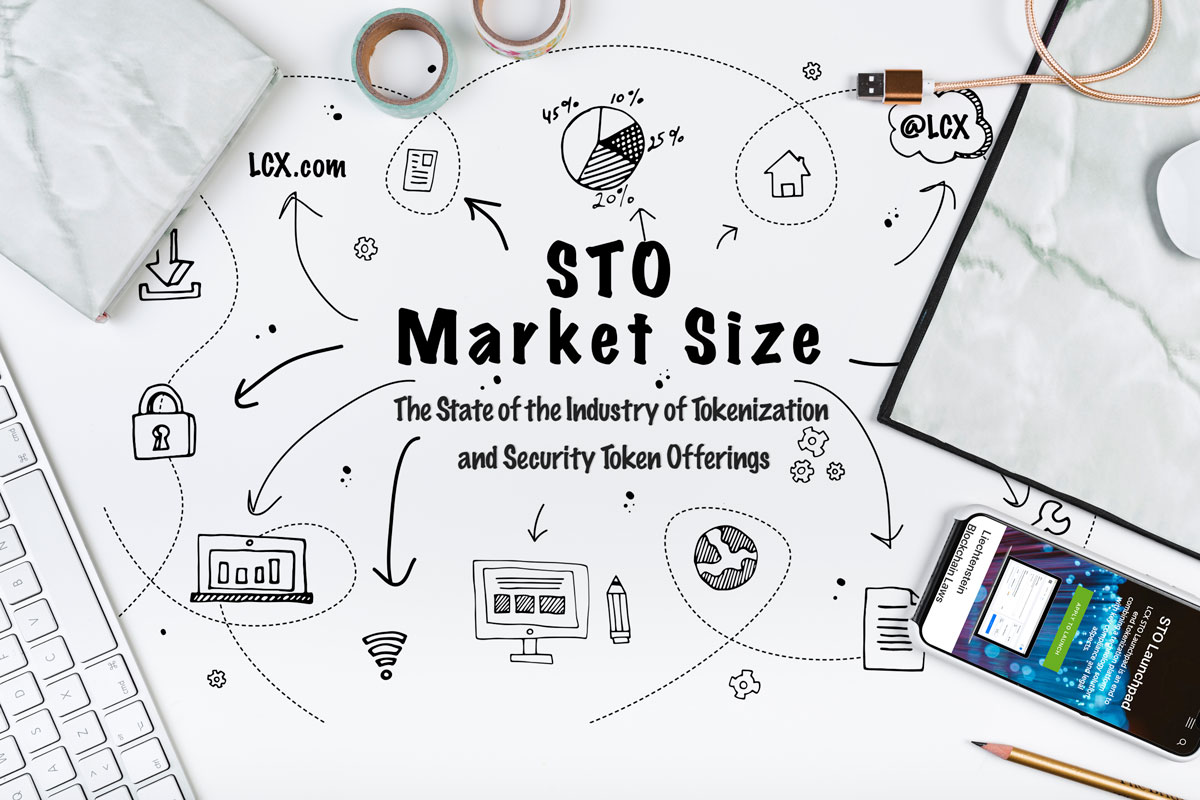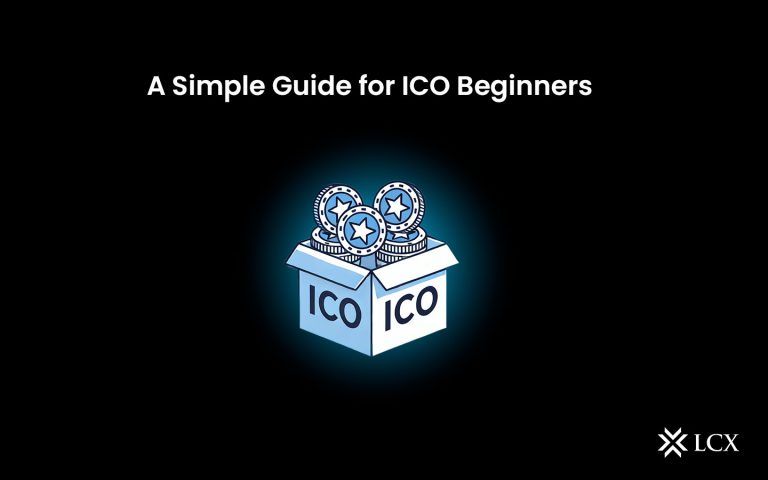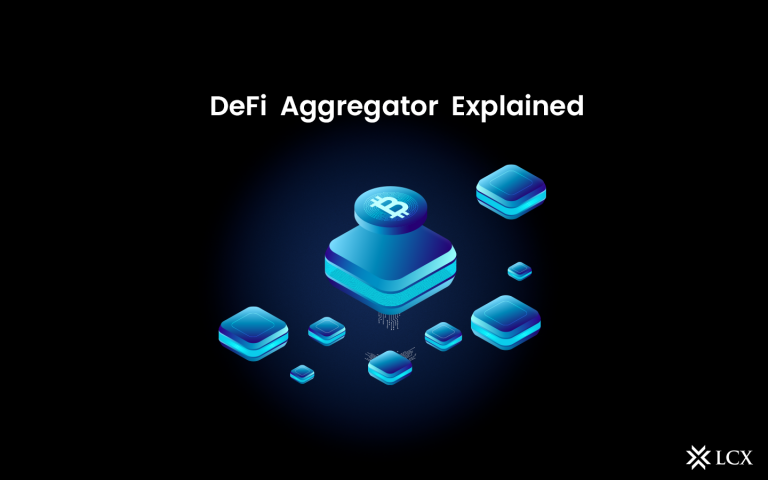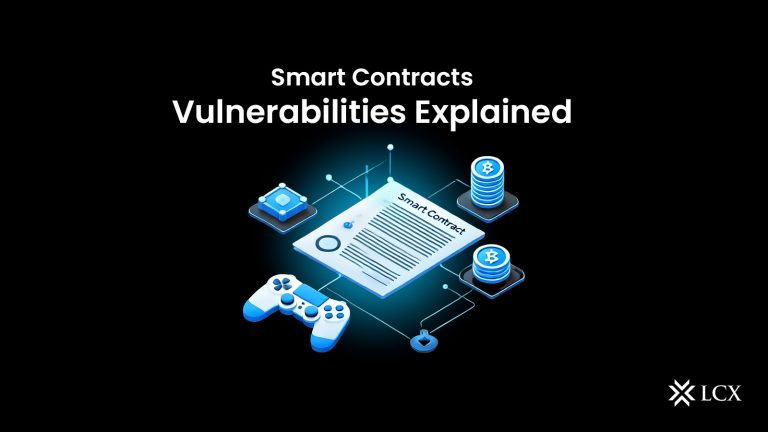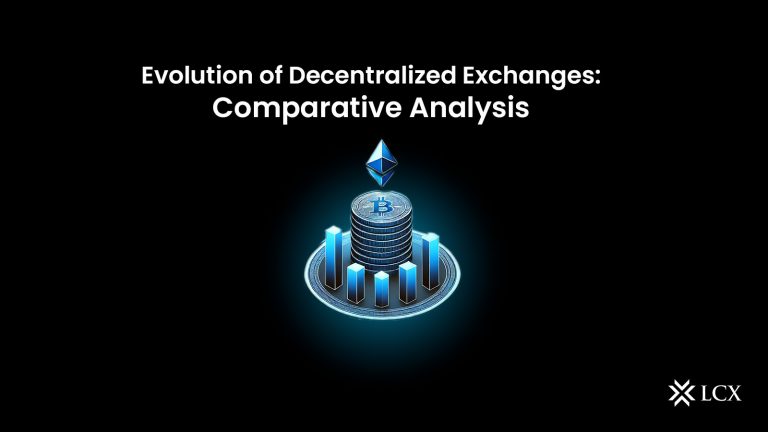A glimpse at the rise of tokenization along with Security Token Offerings and examining the STO market size.
A Brief History of Security Token Offerings (STO)
The blockchain and cryptocurrency ecosystem has fundamentally changed the way of funding for both investors and startups. Our traditional ecosystem of funding, consisting of Venture Capital and crowdfunding mechanisms, has held drawbacks in terms of access and affordability.
Enter Initial Coin Offerings aka. ICO. The utility tokens were distributed as a way to raise capital from potential users. In turn, the native token enables users to access products or services offered by the platform. The ICO mechanism also facilitated for investors to directly interact with their potential buyers. While the mechanism garnered massive success, it also resulted in a debacle. About 80% of the ICO projects were deemed to be scams. One of the major drawbacks to ICO was that they weren’t subject to legal regulations.
Enter Security Token Offerings, short STO. The STO model represented a doorway to block scammers and unregulated investments. It combined the funding mechanism of an ICO along with a host of factors including compliance, regulation, and tokenization. Although it has been merely two years, the concept of STO’s is gaining massive momentum. Moreover, Security Token Offerings have started to look as powerful investment vehicles inciting a new asset class. The security tokens will also be a valuable instrument to eliminate the skepticism towards cryptocurrencies.
Security Tokens
Unlike utility tokens, security tokens have an inherent value as they are backed by an actual asset. Tokenization enables a real-world asset to be fractionally divided and convert them into a digital token. This digital token, which represents an underlying asset, is a security token. With a security token, an investor holds the shares of the asset that it represents. Some of the examples of an asset that can be tokenized include financial bonds, company shares, art pieces, real estate property, movie production, and even your favorite sports team.
While the concept of tokenization has existed for a long time, innovation of blockchain has allowed it to be converted into a reality. Moreover, tokenizing an asset entails various benefits including extracting the optimum value of an asset. Other benefits of blockchain-enabled tokenization include increased liquidity, fractional ownership, greater accessibility, global exposure, and efficient management of these digital assets through smart contracts.
Security Token Offerings allow an investor to be a fractional owner of a real estate property, located on the other side of the globe with the terms of transfer and right to ownership defined by a smart contract. Such applicability has made the concept of STO’s extremely popular within a short time.
The Rise of Security Token Offerings
While the concept of STO’s emerged in 2017, they started gaining traction from the year 2018. According to a report prepared by PWC, the year 2017 witnessed 2 STO’s that raised a collective value of roughly $22 million. In the year 2018, this figure reached $442 million encompassing a total of 28 Security Token Offerings.
While ICO’s also observed twice the growth in 2018 as compared to 2017, the report reveals that the global trend is inclining towards STO’s. The increased attention towards STO’s was contributed to factors including the regulatory aspect and the shifting trends towards the tokenization of assets.
This study conducted for STO’s reveals that the number of Security Token Offerings increased from 35 in 2018 to 55 in 2019, with the finance and banking sector holding the most projects. The total funding raised increased to $452 million in 2019.
The 6th ICO/ STO report, 2020 identifies 380 token offerings that raised a collective of $4.1 billion. The report reveals that while STO did not register much growth in the second half of 2019, their general scope and relevance continues to strengthen. The report further points out that major institutions including the Bank of China and the Austrian Government have started issuing tokenized assets like securities, bonds, and loans.
STO Market Size
Owing to a strong foundation, STO’s have gained exponential growth in a relatively less period. A recent report by Opimas, studying the potential impact of STO, reveals that around 30% of fundraising will be carried out through STO, taking a substantial share away from the traditional fundraising instruments. The report further reveals that the rise of STO adoption in the private market also threatens the IPO market.
This tokenization market research report, conducted by taking into consideration SWOT analysis and investment analysis, forecasts a CAGR of 22.45% in the period 2019-2026. Another research report states that the tokenization market is expected to grow at a CAGR of 22.1% by 2023. The valuation of this market is expected to grow from $983 million in 2018 to $2670 million by 2023. Furthermore, this study by Plutoneo exhibits fairly bold forecasts for the tokenization industry. It predicts a CAGR of 85% in the tokenized market in the European Union for the duration of 2018 to 2024.
Another insight reveals that from 2019-2030, the Security Token Offering Space will grow at a CAGR of 59%, following the institutionalization of the digital assets ecosystem around 2025. Although there are variations on the stats; various studies, analysis, insights, and research all seem to lead in the same direction. The tokenization of assets and subsequently the Security Token Offerings market will witness an exponential boom in the coming years.
Final Remarks
The tokenization of assets, empowered by blockchain and smart contracts, is indeed a true innovation in the industry. It enables digitization within the economy by converting dematerialized format into digital tokens. Moreover, it opens up a huge range of possibilities, some of them that we have not even realized yet, within various industries.
It empowers us with tools so that we can look past the outdated models and evolve into a more technologically equipped ecosystem. The concept is deeply transformative and we are likely to see it become a reality within the next decade.
